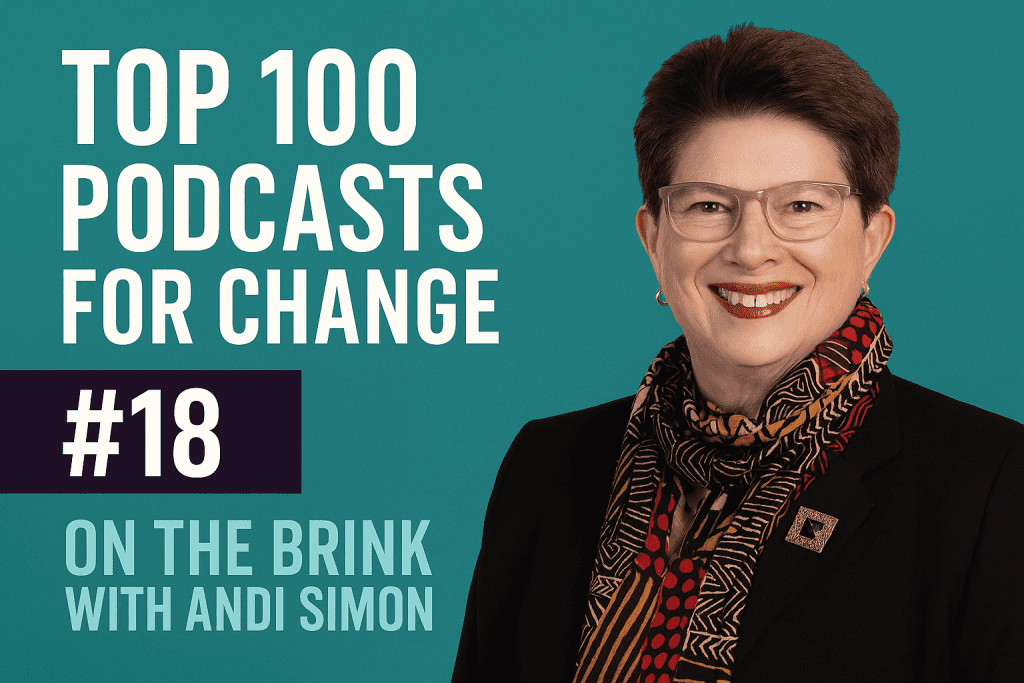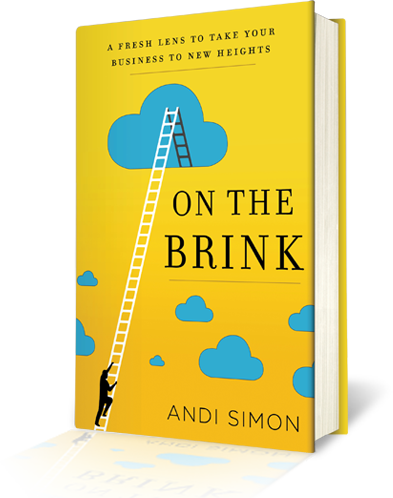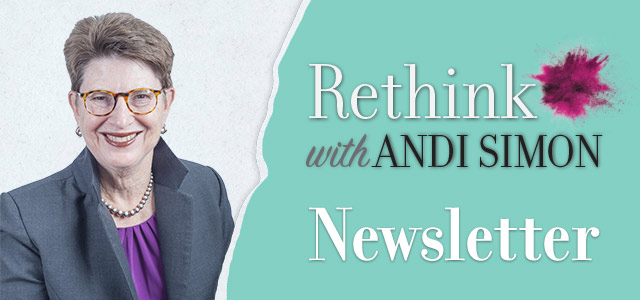How Adaptation, Reinvention, and Bold Action Unleash Opportunity in Stagnant Markets
We are living through what feels like an economic deep freeze. Markets appear stagnant, budgets are tightly guarded, and many leaders are hesitant to take bold, decisive actions. The economy may look stable on the surface, yet beneath that calm, countless businesses are merely treading water, waiting—sometimes anxiously—for conditions to improve or for clarity to emerge.
Too many of our colleagues or clients are worried about the contracts that are unsigned or the prospect that dried up. While they are shrinking their staffing and managing their costs, they feel very threatened. People want certainty, and ambiguity is dangerous.
But if history and anthropology have anything to teach us, it’s that inaction—standing still while the world changes around us—can be the riskiest move of all. In periods of uncertainty, it’s not the cautious waiters who survive and thrive, but the organizations that adapt, experiment, and create new value for their markets. When others freeze, the companies that generate “heat,” that move and innovate, are the ones that emerge not just unscathed, but stronger and better positioned for the future.
Peter Drucker was right: , “The greatest danger in times of turbulence is not the turbulence itself, but to act with yesterday’s logic”, advising all of us that clinging to outdated methods and thinking during times of rapid change is more dangerous than the changes or disruptions themselves.
The Freeze Is Real—But Not Permanent
In my work with mid-market leaders, I’ve witnessed the freeze firsthand. Executives describe feeling boxed in: forced into price wars, pressured by intensifying competition, and hemmed in by increasingly cautious customers. The logical response seems to be to “wait it out”—to keep powder dry and avoid unnecessary risks.
Yet time and again, we see that simply waiting rarely thaws the ice. Markets don’t unfreeze on their own. If anything, inertia compounds, and opportunities slip away. Leaders have a choice: remain trapped or generate the energy needed to change the status quo. That means reframing customers, redefining boundaries, and accelerating the pace of strategic change.
Lessons from Mid-Market Pioneers
This isn’t just theory—it’s happening in the real world today. Consider these examples:
- Grove Collaborative (Consumer Goods): In an industry dominated by massive incumbents, Grove took a different path. By launching a subscription model focused on sustainable household products, they attracted customers seeking something new and meaningful. Even as the larger market stalled, Grove found fresh demand and accelerated growth by redrawing the rules.
- Regional Healthcare Systems: When faced with plummeting patient volumes, many hospital leaders could have chosen to cut services and ride out the storm. Instead, some leaned into innovation—fast-tracking telehealth platforms, forging partnerships across systems, and expanding into behavioral health. Initiatives that might have taken years were implemented in months, transforming survival into transformation.
- Trader Joe’s and other retailers: They have shifted significant portions of their products to those that are now their private brands. Read more: https://www.simonassociates.net/how-are-supermarkets-finding-their-blue-ocean-strategy/
- Business Services Firms: In advisory and consulting, those who pivoted toward digital-first delivery and proactive crisis management found new relevance and growth, even as traditional contracts slowed. Reinvention allowed them to serve both existing and new clients more effectively. Read: https://www.linkedin.com/pulse/ai-accounting-how-gen-z-accountants-big-4-firms-small-franklin-win8c/
Each of their stories demonstrates a powerful principle: when the market freezes, hidden opportunities open up for those with the courage and creativity to act.
Blue Ocean Strategy as a Lifeline
Having practiced Blue Ocean Strategy for nearly two decades, I know its power lies in helping leaders escape the trap of competing head-to-head in crowded, stagnant markets. Rather than fighting for ever-shrinking slices of demand, Blue Ocean thinkers create entirely new value—unlocking new customers, new demand, and new pathways for growth.
In “frozen” times, Blue Ocean isn’t just about innovation for its own sake. It’s about survival through reinvention. It’s about finding those hidden pathways under the ice—opportunities that others overlook because they’re focused on the obstacles instead of the possibilities.
So, I challenge you: Where is your organization stuck in the freeze? Where might you create just enough “heat”—a fresh approach, a new partnership, a reframed market—to start thawing a path forward?
You might find our white paper helpful: https://www.simonassociates.net/wp-content/uploads/2023/11/White-paper-10-Ways-To-Avoid-Red-Oceans.pdf
- Check out our blog with our podcasts at www.SimonAssociates.net/podcast
- Subscribe on Apple, Spotify, or your favorite platform
- Listen to the episodes that speak to you
- Review us — your feedback helps us grow
- Share with a friend or colleague who’s ready to think differently
- And read our book, ““On the Brink: A fresh lens to take your business to new heights.”
We’re just getting started. Thank you for being part of this incredible journey.
Here’s to seeing, feeling, and thinking in bold, new ways — together.
#OnTheBrink #PodcastForChange #SeeFeelThink #WomenInBusiness #InnovationLeadership




